Ana Marisa Chudzinski Tavassi
Poisons, toxins and cytoprotective molecules as tools for searching new molecular targets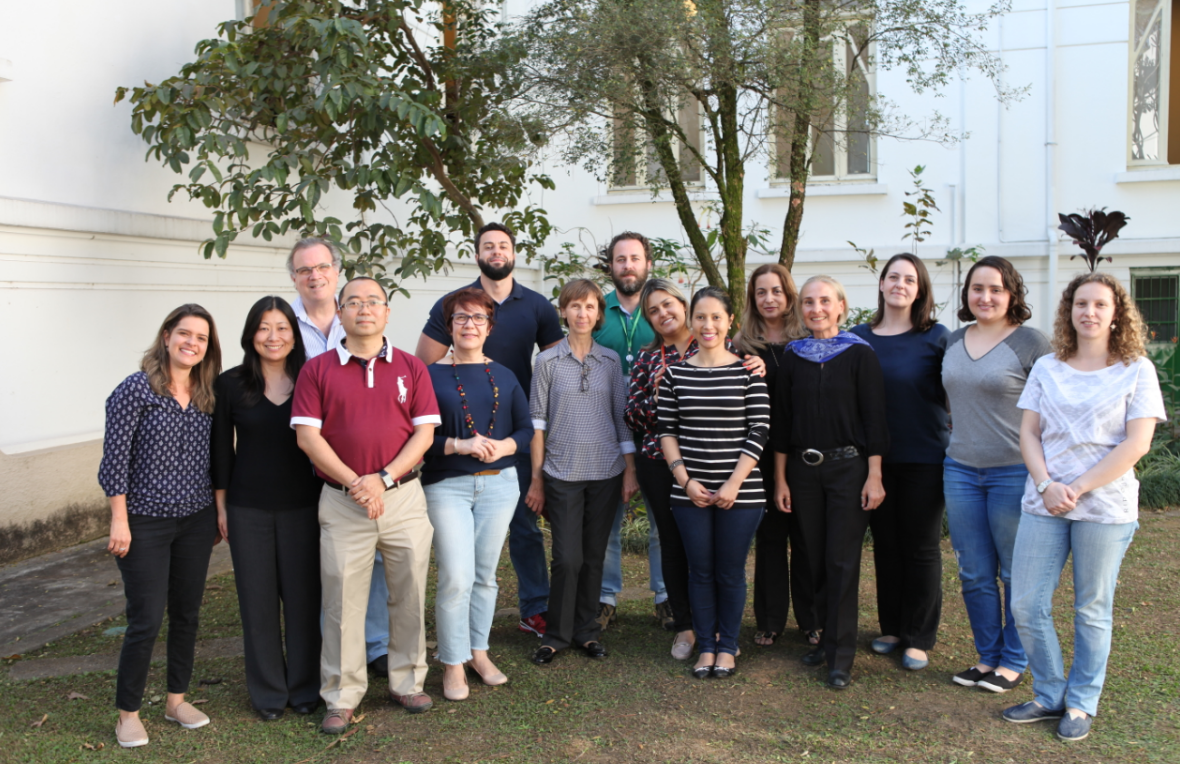
The literature has shown that senescent chondrocytes are associated with cartilage degeneration, which is commonly observed in the pathogenesis of joint diseases such as rheumatoid arthritis and osteoarthritis (OA). Animal poisons and secretions are a rich source of molecules with different biological activities, including pre-and anti-inflammatory actions. In this project, we constructed a biorepository with animal poisons and their fractions. These compounds will be applied in cell cultures that mimic the joint environment. Using biochemical and molecular biology techniques associated with bioinformatics, we intend to identify and isolate molecules with anti-and pro-inflammatory activity. These molecules could be used to discover new targets for treating incurable diseases. We also study drug candidates obtained from venoms and animal secretions with cytoprotective and antitumor properties. These drug candidates can be used as tools for the discovery of new signaling pathways or key molecules that can be used in the therapy of inflammation and cancer.
Catarina Teixeira
Studies of the inflammatory effect induced by metalloproteinases of snake venoms and other bioactive molecules in the articulation using culture of cellular tissue.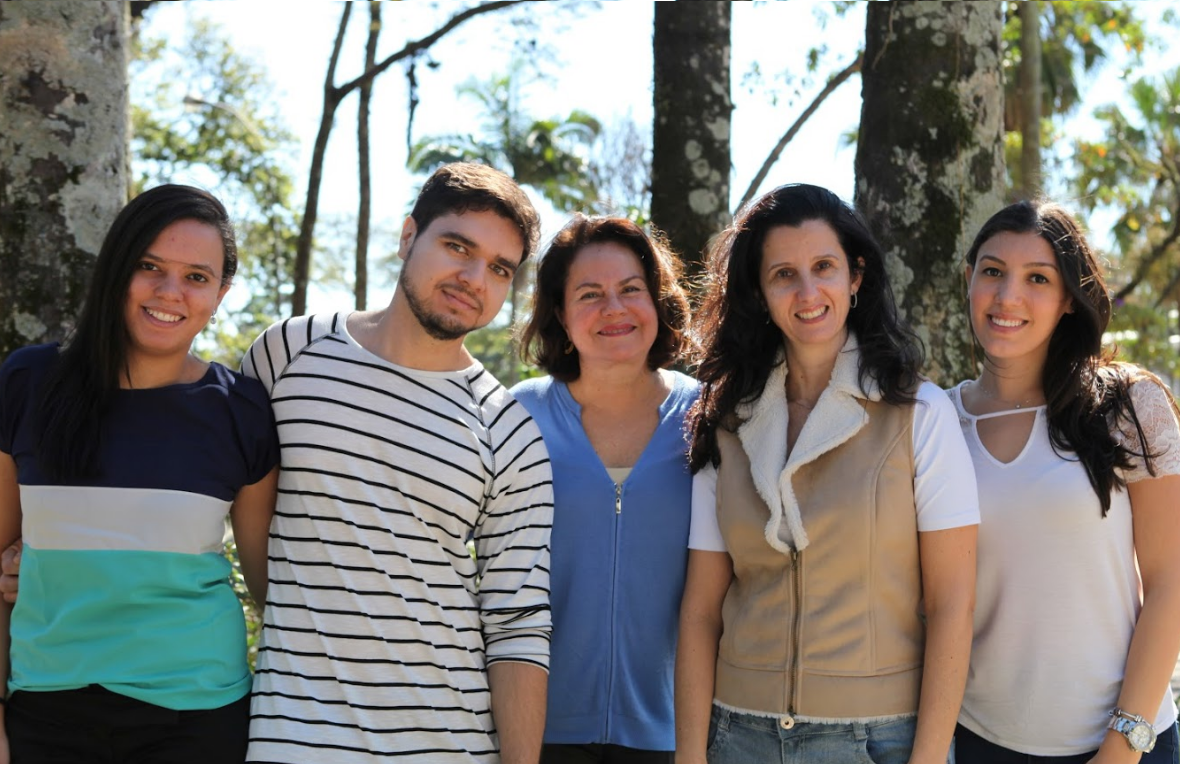
Osteoarthritis (OA) is recognized as a chronic inflammatory disease, characterized by the secretion of inflammatory mediators and the accumulation of several types of inflammatory cells in the joint space, cartilage and bone degeneration, and narrowing of the joint space. Among constitutive joint cells, activation of synoviocytes is essential in the development of persistent inflammation and joint damage of OA, and adipocytes are involved in this process by their ability to release inflammatory mediators. In addition, it is known that the combination of different cell types in the joints results in the production of various inflammatory mediators and matrix metalloproteinases (MMPs) in the synovial fluid, leading to the development and / or amplification of joint inflammation. MMPs can influence the cartilage (degradation) and metabolism of synovium. However, the role of MMPs in the activation of the inflammatory response of type B synoviocytes, preadipocytes and adipocytes remains unknown. Our project aims to investigate the effects of metalloproteinases of snake venom that share functional and structural homology with mammalian inflammatory MMPs in type B synoviocytes, preadipocytes and adipocytes, focusing on the production and release of inflammatory mediators and signaling pathways involved.
Denise Tambourgi
Pro-inflammatory effects of animal poisons on cells involved in joint diseases and tissue remodeling.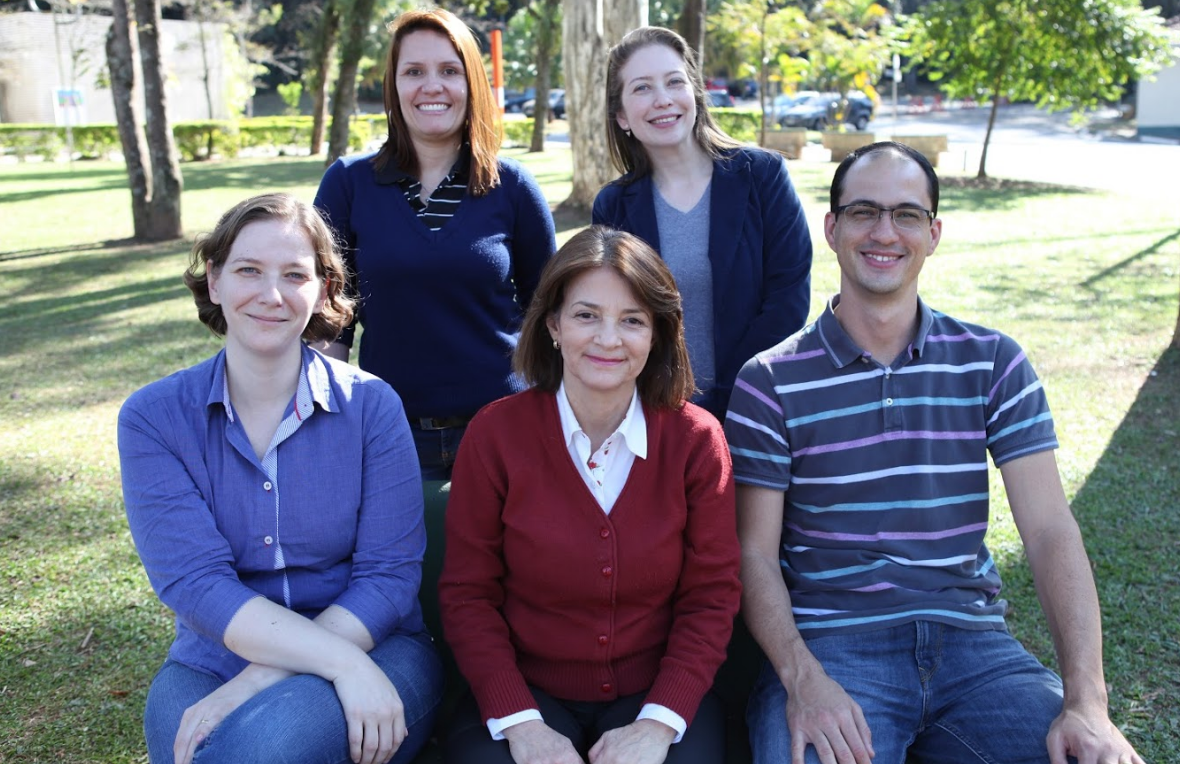
The Brazilian moth Premolis semirufa, usually called “pararama”, is a parasite of the rubber tree of the genus Hevea. Contact with its bristles causes symptoms of acute inflammation. Chronic inflammatory reaction often occurs after multiple contacts, and this reaction is characterized by thickening of the synovial articular membrane, with joint deformations, a common feature of chronic synovitis. The inflammatory response involved in pararama-induced osteoarthritis will be studied in a 3D culture model. This model allows us to reproduce similarly the microenvironment of the joints, since different cell types can be co-cultivated, such as chondrocytes, osteocytes and fibroblasts. Immune system cells can also be added to these models, allowing the study of their role in the pathogenesis of osteoarthritis. Cultures will be stimulated with toxins from P. semirufa and expression of the production of molecules involved with inflammation will be evaluated. The study of signaling pathways will involve different assays, such as the use of specific inhibitors and intracellular labeling of signaling molecules to be analyzed by flow cytometry and confocal microscopy, including localization and tracking assays. This study will allow the identification of new signaling molecules involved with the inflammatory response, possible new targets for the development of specific anti-inflammatory drugs for the treatment of osteoarthritis.
Irina Kerkis
Investigating the effect of toxins in osteoclastogenesis and activation of lymphocytes: seeking therapeutic targets.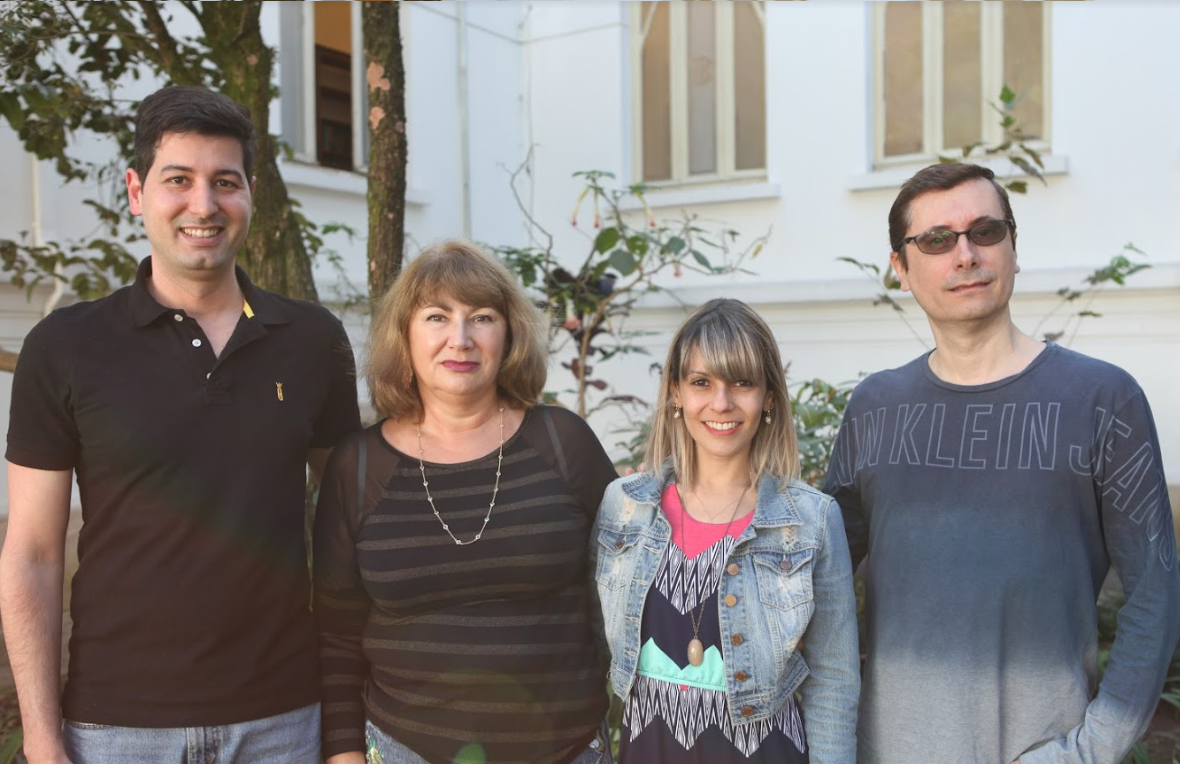
Poisons contain substances called cell-penetrating peptides (CPP). These peptides have specificity for proliferating cells, interacting with different cellular targets. In recent years, successful discoveries have shown that these peptides have marked therapeutic potential. Despite this, the use of such peptides is limited by their low specificity for a single cell type or intracellular organelle. Our group previously characterized a CPP with selective inhibitory action as a potassium channel subtype, widely expressed in human T lymphocytes. Since this CPP regulates membrane potential and induces an increase in calcium influx, it has become a promising therapeutic target for the treatment of inflammatory diseases or disorders of the immune system. Substances that alter intracellular calcium levels are known to regulate the differentiation and function of osteoclasts. Therefore, these substances may therefore become promising drugs for bone remodeling. Thus, the purpose of this group is to investigate the molecular bases of the differentiation and activation of osteoclasts, using CPPs and other molecules, and evaluating their activity on the intracellular pathways related to inflammatory diseases.
Olga Célia Martinez Ibañez
Genetically selected mouse lines (AIRmax / AIRmin).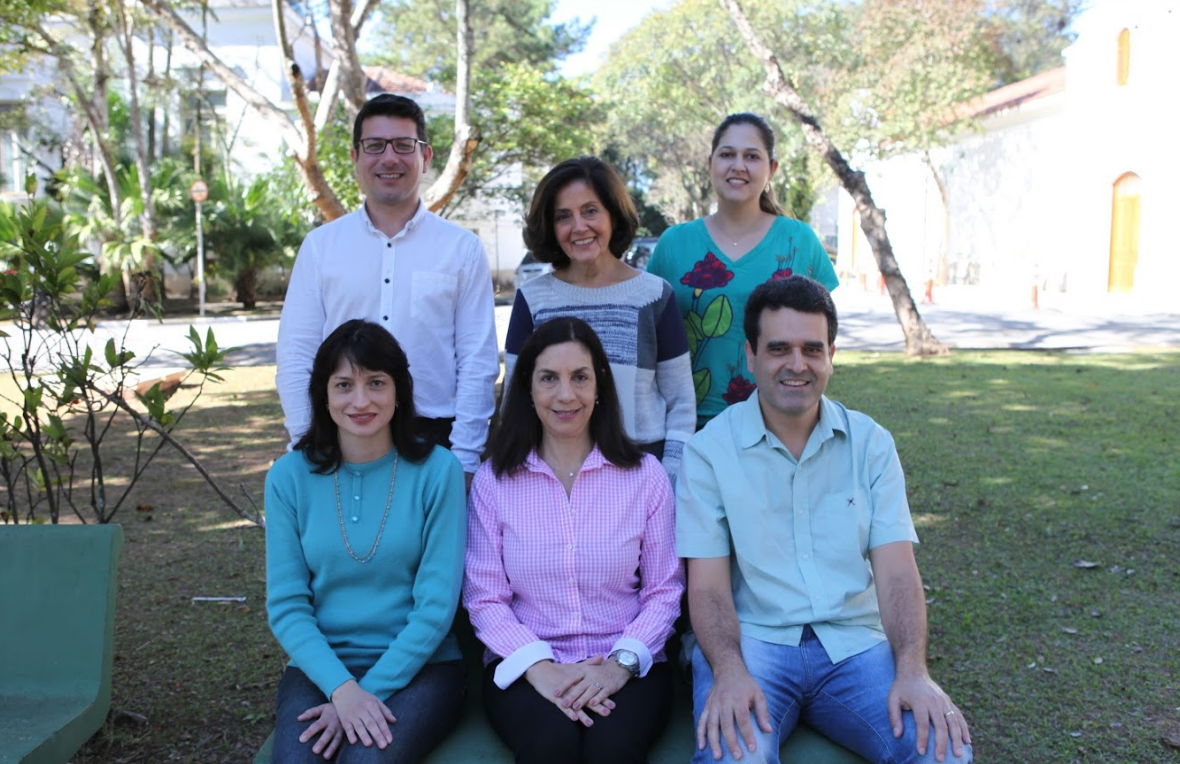
The AIRmax and AIRmin lines of mice phenotypically selected for maximal and minimal acute inflammatory response (AIR) induced by polyacrylamide beads (Biogel), differ widely in susceptibility to Pristane-induced arthritis (PIA). PIA is an experimental animal model for rheumatoid arthritis due to delayed onset of chronicity, activation of the immune response to cross-reactivity between microbiota antigens and dependence on genetic and environmental factors. A comparative study using bioinformatics tools evaluating the expression of global genes from mice and humans with arthritis (transcriptome), revealed a similar enrichment of the major molecular pathways of arthritis in both AIR mice and humans. The model was validated for in vitro assays with compounds selected by CENTD. The determination of circulatory mediators involved in the PIA model: enzymes, metabolites, rheumatoid factor, cytokines / chemokines and anti-citrullinated peptide antibodies and establishment of in vitro synovial cell culture of AIRmax and AIRmin mice is underway and will be useful to define the readings to be used for markers of the effects of selected compounds, in vivo and in vitro.
Yara Cury
Molecular mechanisms of pain in arthritis: identifying new targets for drug development.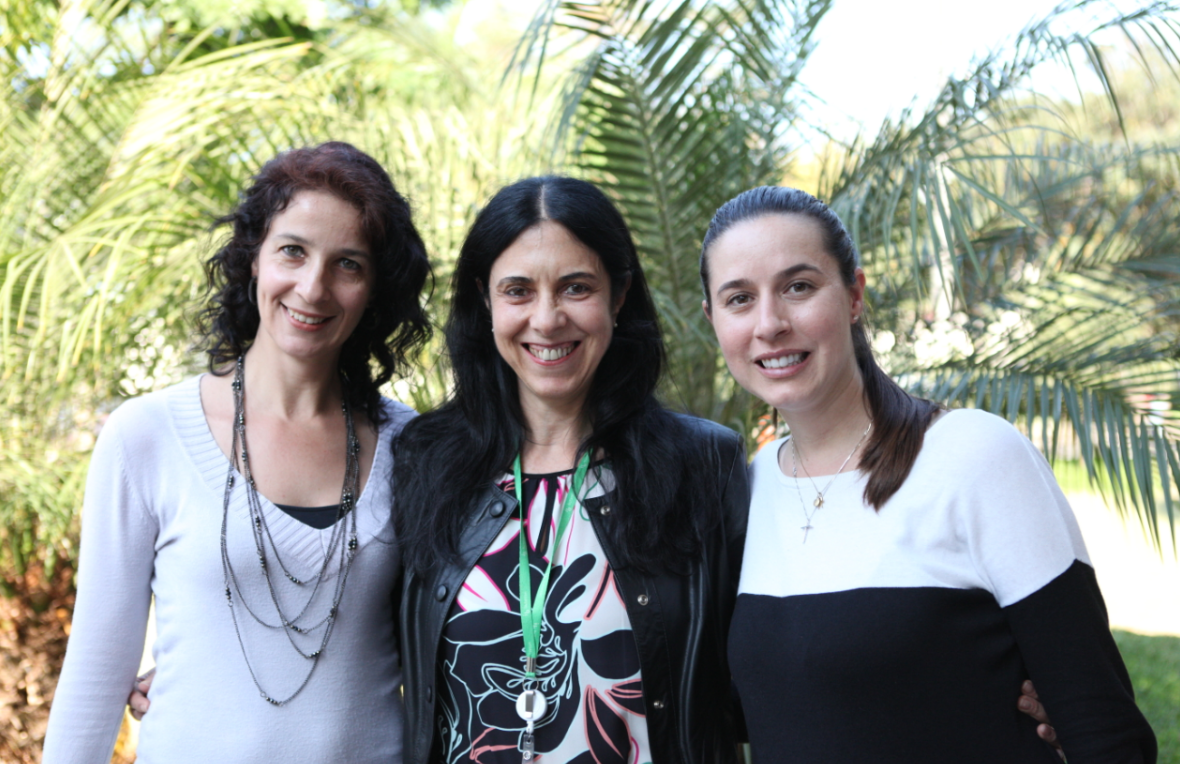
Pain in osteoarthritis (OA) is a complex multifactorial symptom and the exact mechanisms involved in the genesis of chronic pain in this pathology remain poorly understood. Thus, to investigate the molecular mechanisms of OA pain and identify new targets involved in this phenomenon, our group is proposing for the first time an in vitro model of double co-culture in 3D. This 3D model involves a neuronal spheroid culture and mimics a microenvironment of cartilage made with collagen gel and triple lineage of joint cells in an attempt to reproduce the articular environment conditions in vivo. Cells will be incubated with a glycated collagen and pain points will be investigated, to mimic one of the conditions that generate OA, that is, the aging process. After standardization of the in vitro assays, our objective is to use this model to study new molecules inducing OA to be characterized by different research teams, as well as to investigate possible new anti-OA molecules. It is important to emphasize that the use of in vivo models will be necessary for the validation of new targets or anti-OA drugs.
Research team
Adriana de Costa Neves
Alvaro Rossan B. P. Da Silva
Ana Marisa Chudzinski-Tavassi
Ana Tung Ching Ching
Andrea Borrego
Aurora Cianciarullo
Bárbara Athayde Vaz Galvão da Silva
Carla Cristina Squaiella Baptistão
Carlos de Ocesano Pereira
Carlos Eduardo Madureira Trufen
Carolina Pereira Liauw
Catarina de Fatima Pereira Teixeira
Cristina Maria Fernandes
Denise Vilarinho Tambourgi
Eduardo Osorio Frare
Eduardo Shigueo Kitano
Elbio Leiguez Junior
Fabio Carlos Magnoli
Fernanda Faria
Fernanda Maria Aparecida Moura Chianca
Flavio Lichtenstein
Gisele Picolo
Giselle Pidde
Giuliana Gaggini Rondon
Giuliano Bonfá
Heleusa Sampaio Moura
Hugo Vigerelli de Barros
Irina Kerkis
Isabel de Fátima Correia Batista
Isadora Maria Villas Boas
Janice Onuki
Jaqueline Mayara de Araujo
Jean Gabriel de Souza
Jose Ricardo Jensen
Juliana M. Sciani
Kátia Luciano Pereira Morais
Luciene Maria Zanchetta
Marcelo De Franco
Mariana do Nascimento Viana
Mauricio Barbugiani Goldfeder
Michelle Cristiane Bufalo
Miryam Paola Alvarez Flores
Nancy Starobinas
Olga Célia Martinez Ibañez
Orlando Garcia Ribeiro
Priscila Hess Lopes
Rafael Marques-Porto
Rosana de Fatima Shoji
Vanessa Moreira
Vanessa Olzon Zambelli
Viviane Barboza Portas
Wafa Hanna Koury Cabrera
Yara Cury